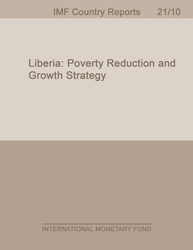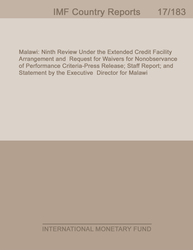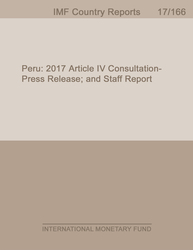
Liberia:Poverty Reduction and Growth Strategy
Poverty Reduction and Growth Strategy
READ MORE...
Volume/Issue:
Volume 2021
Issue 010
Publication date: January 2021
ISBN: 9781513566313
$18.00
Add to Cart by clicking price of the language and format you'd like to purchase
Available Languages and Formats
| English |
Prices in red indicate formats that are not yet available but are forthcoming.
Topics covered in this book
This title contains information about the following subjects.
Click on a subject if you would like to see other titles with the same subjects.
Economics- Macroeconomics , Demography , ISCR , CR , private sector , absolute poverty , gross domestic product , economic growth , real GDP
Also of interest
Summary
The Pro-Poor Agenda for Prosperity and Development 2018 to 2023 (PAPD) is the second in the series of 5-year National Development Plans (NDP) anticipated under the Liberia Vision 2030 framework. It follows the Agenda for Transformation 2012-2017 (AfT). It is informed as well by lessons learned from the implementation of the Interim Poverty Reduction Strategy 2007 (iPRS) and the Poverty Reduction Strategy (2008-2011). The fundamentals underpinning the PAPD are: i) Liberia is rich in human and natural resources; but ii) is deprived of development largely because its human capital lacks the knowledge to transform the natural resources into wealth—whether through farming, mining, fishing, or other productive ventures that require technology or financial investments. Consequently, Liberia is relatively rich in natural capital but relatively poor in relations to its peers in both human and produced capital. Moreover, because of a legacy of entrenched inequality in access to development opportunities, widespread infrastructure deficits and pervasive poverty have become the binding constraints to future growth and prosperity.
Copyright © 2010 - 2024
Powered by:
AIDC



